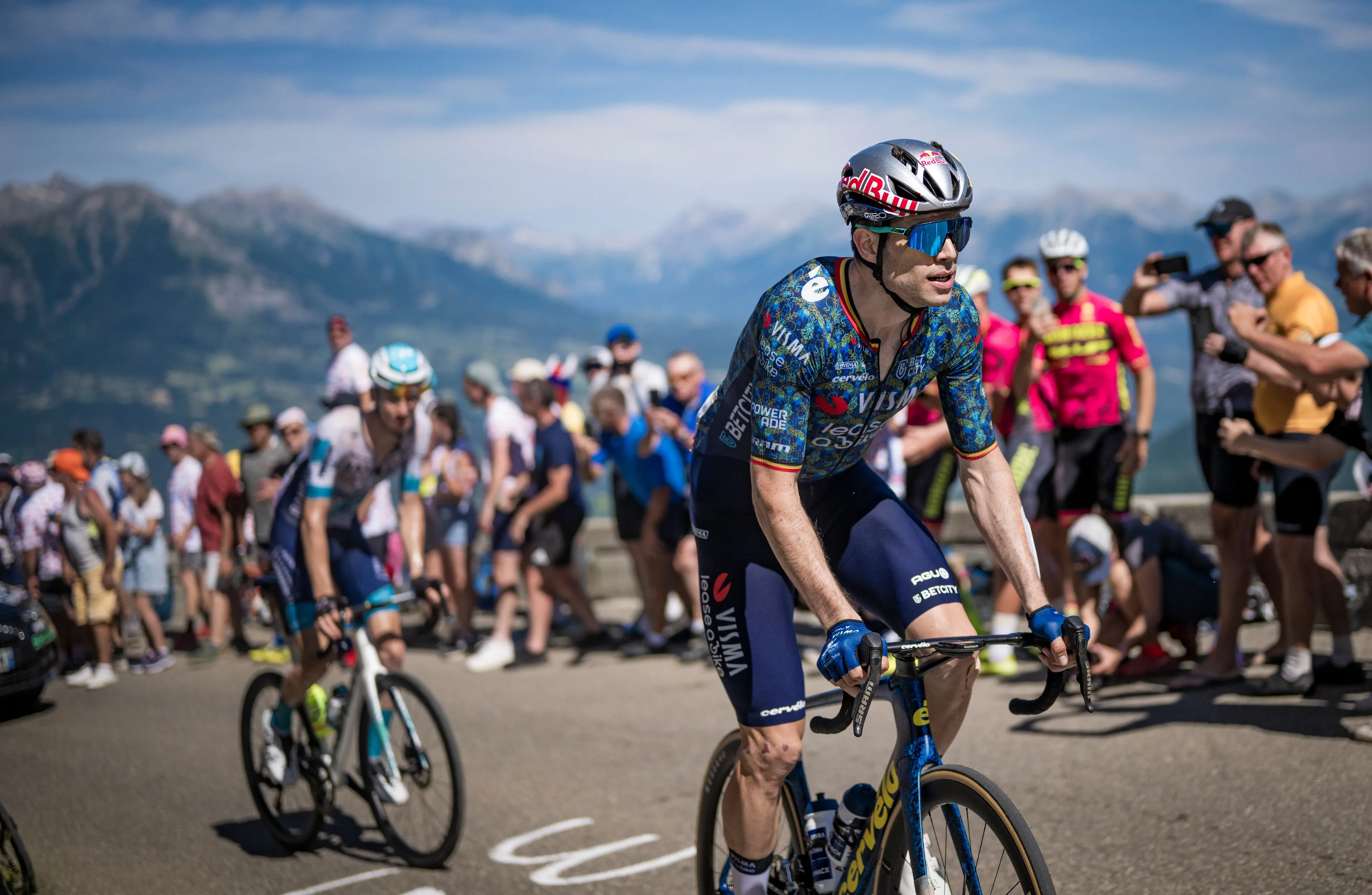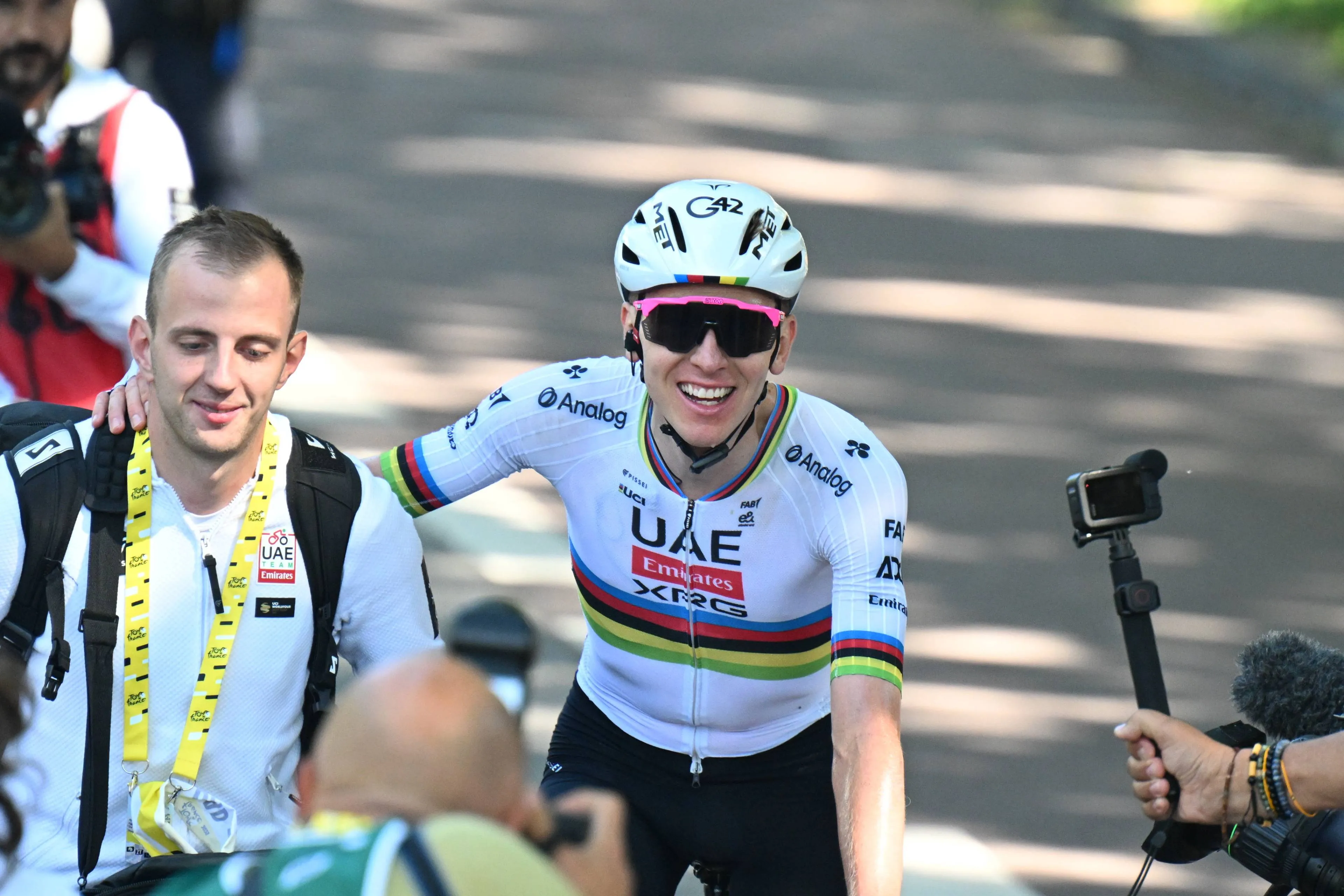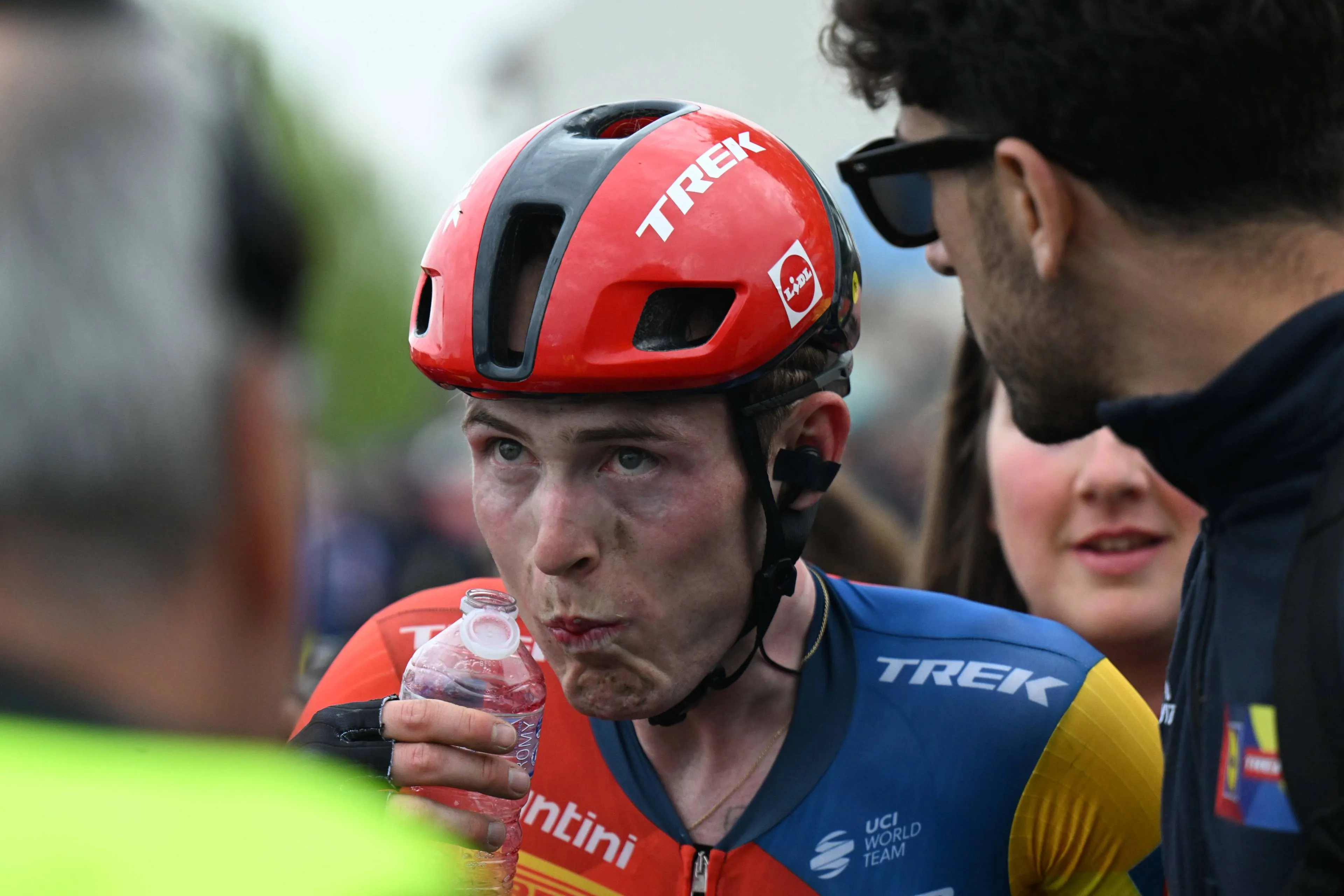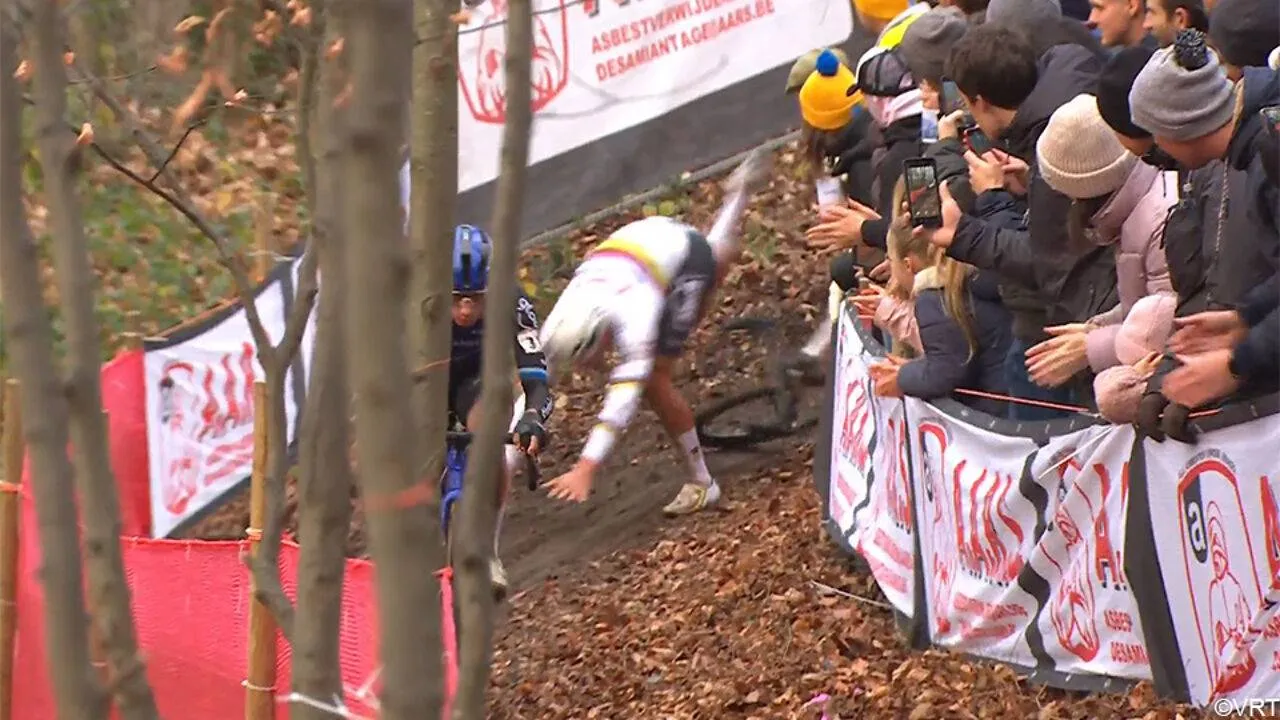Disaster after disaster: From the Tour de la Provence to Etoile de Bessèges, the UCI and cycling refuse to learn their lesson
CyclingMonday, 17 February 2025 at 13:00

It’s only February 17th, and the UCI has already endured a
series of moments they would rather forget. With the 2025 season still in its
infancy, several safety disasters have put the governing body under immense
scrutiny once again, raising serious questions about their ability to protect
riders in professional cycling.
Let’s take a look at the current state of safety in cycling,
and give an overview of the disastrous start to 2025 in terms of improving rider’s
safety.
Read also
Coming into 2025, there was a renewed focus on improving
rider safety, prompted by alarming incidents in previous seasons. Over the past
few seasons, cycling has sadly lost riders such as Muriel Furrer and Andre Drege,
and several others also in competition or during training.
The UCI introduced several new measures last summer in an
attempt to improve conditions for riders, including the yellow card. However,
just weeks into the new season, the effectiveness of these changes is already
being called into question.
A significant part of the issue is the UCI’s continued
deflection of blame onto riders. According to a report published earlier this
year, the governing body and its safety partner, SafeR, claimed that rider
errors accounted for 35% of race incidents.
Read also
This statistic has been widely criticised, with many arguing
that it shifts focus away from the structural and organisational failures that
contribute to these dangerous situations.
Safety failures to kick off 2025
Despite the UCI’s promises, the opening months of the season
have already been plagued by serious safety incidents. One of the most alarming
occurred last week at the Étoile de Bessèges, where a car entered the
racecourse midway through stage 6, causing several teams to withdraw in
protest.
The reaction from the UCI has been mixed, with the governing
body promising a “thorough investigation” and hinting at severe fines and
increased supervision for race organisers. However, some race organisers have
pushed back, arguing that teams are demanding more than is feasible. Really? Is
a professional cycling team demanding no pedestrian cars on the course whilst
the peloton is riding through really ‘unfeasible?’
Read also
Riders and team managers, meanwhile, have voiced their
frustrations over the continued dangers they face on the road. Ralph Denk, head
of Red Bull BORA, criticised race organisers for failing to consider rider
safety, stating, “No rider wants to end up in a ditch with broken bones. Race
organisers need to remember cycling is not a video game.”
Visma boss Richard Plugge also weighed in, warning that the
sport must stop cutting corners when it comes to safety. “Safety must be
without compromise,” Plugge insisted firmly.
Tour de la Provence
Just yesterday, another shocking moment occurred when Pascal
Ackermann crashed after hitting a pedestrian crossing in the closing metres of
a sprint finish.
This latest incident has only added to the growing outrage.
Former pro Johan Bruyneel delivered a scathing assessment of the UCI, stating,
“The big problem lies with the UCI.” He accused the governing body of failing
to hold organisers accountable, instead opting to deflect blame elsewhere.
Read also
Amidst all the controversy, the UCI has taken at least one
commendable step by officially banning the use of carbon monoxide rebreathing,
a controversial practice believed to offer riders a competitive edge but at
significant health risks. While this move has been welcomed, it does little to
address the immediate other safety concerns currently overshadowing the sport.
With the season still in its early stages, the UCI faces
mounting pressure to take meaningful action before another tragedy occurs.
While rider safety measures have been introduced, the series of early-season
disasters has proven that the current system is not fit for purpose.
Read also
If the
governing body continues to deflect responsibility and fail to hold organisers
accountable, it risks further eroding trust among teams, riders, and fans
alike.
Cycling is a sport built on courage, but it should not come
at the cost of basic safety. It is time for change.
claps 1visitors 1
Just in
Popular news
Latest comments
- Some of these cyclists are really stupid. So a more important rider is hired, there are too many leaders, he talk betrayal, He talks adjustments, He is not selected for any GTs. and he still signs for them🤦🤦🤦abstractengineer15-12-2025
- "He’d sit in the kitchen drinking red wine with the chef for hours after dinner" strange but how is it related to dopingabstractengineer15-12-2025
- 🤣. he cannot surpass Merckx ever. Its not called ambition, its stupidityabstractengineer15-12-2025
- True - maybe there will be some chances for gee to ride for himself - he’s very good, but a GT winner? Seems a bit too far for him (or skelmose tbh) I’m glad Gee found a place - love how he rides and he seems a genuinely good fellowCrashjames15-12-2025
- I think it would be painful setback...MajorPayne15-12-2025
- Not even raced a Grand Tour yet and already got riders cheating. Just ensured they never get my support as can't even exist a couple years without cheating.HoopoeChai15-12-2025
- Now , we know who this guy is because he talked bad about Lazcano.
 PAULO15-12-2025
PAULO15-12-2025 - unfortunately for Nys, he raced as well as he can. And MVDP had plenty of room to improve.mij15-12-2025
- God isn't real. Thankfully we have Tadej!!!Veganpotter15-12-2025
- He did pretty well with the bike handling, but it may be too short of an effort to win at the top.Veganpotter15-12-2025
Loading
Write a comment












